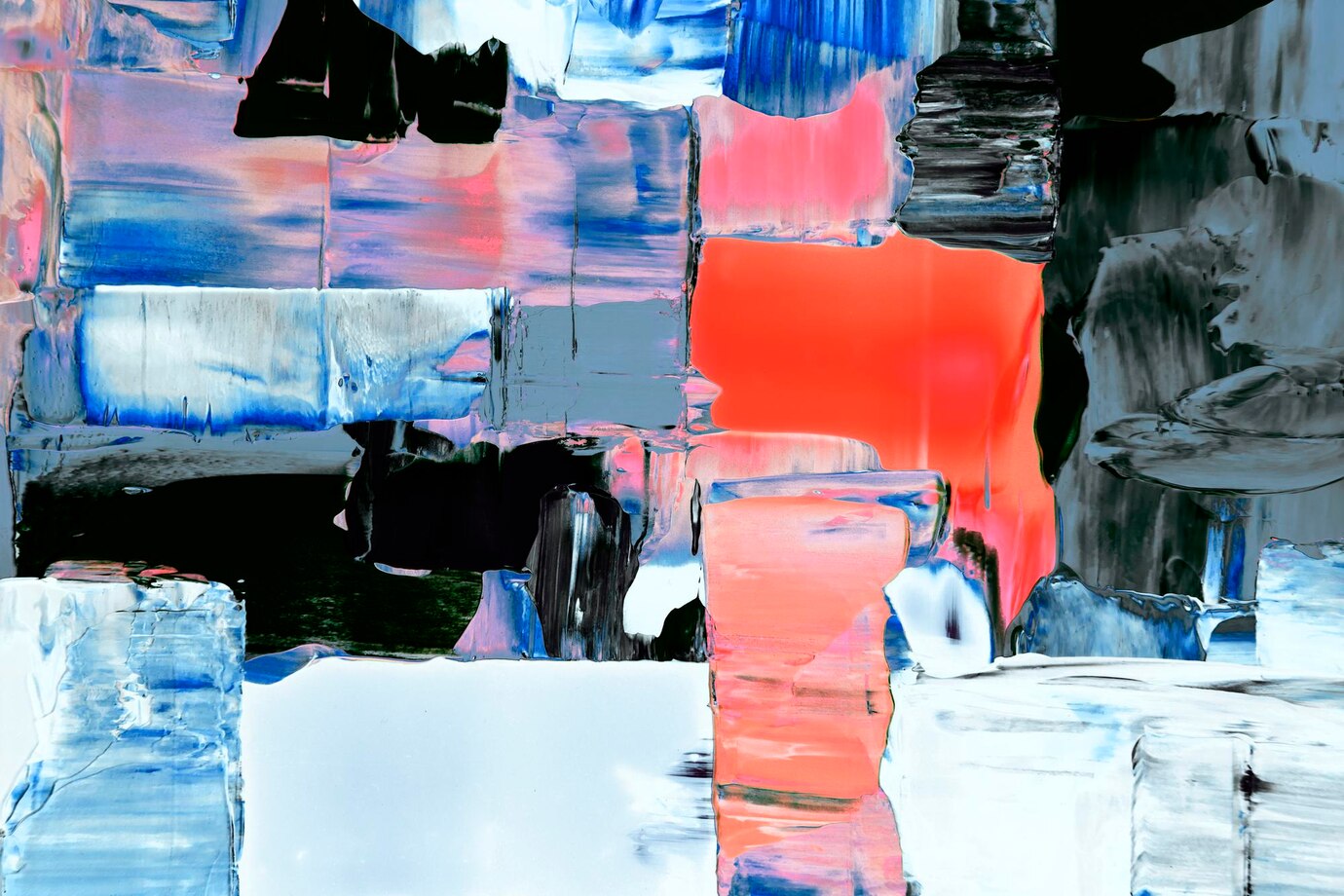Modern art, by its very nature, breaks the mold. It rejects traditional structure and embraces freedom of thought, emotion, and interpretation. In a world filled with rapid change and emotional complexity, artists have increasingly turned to symbolism in modern art to communicate what words often cannot. Through this visual language, chaos is not only captured—it is transformed into clarity.
The Language Beneath the Surface
Symbolism in modern art acts as a bridge between the seen and the unseen. While the average viewer might encounter splashes of color, unusual forms, or fragmented figures, modern artists use these elements intentionally. Each shape, color, or texture becomes a symbol—representing a thought, a feeling, or a deeper concept.
Take, for example, the recurring use of circles in abstract works. These are not just pleasing geometric forms—they often symbolize unity, eternity, or spiritual wholeness. A single red brushstroke may represent anger, passion, or transformation. This language of symbols allows the artist to bypass the rational mind and speak directly to the viewer’s emotional core.
By embedding symbolism into their work, modern artists provide not just aesthetic appeal but also an invitation to introspection. The viewer is encouraged to interpret the piece through their own emotional and psychological lens.
A Tool for Emotional Alchemy
One of the most profound impacts of symbolism in modern art is its ability to process and transmute emotion. In the face of trauma, grief, or existential confusion, artists use symbols as tools for emotional alchemy—turning pain into purpose, and fear into form.
The chaos of personal or societal unrest finds its way into canvases not as disordered messes, but as layered symbols. Repeated motifs, such as broken figures, fragmented landscapes, or distorted perspectives, may reflect the fractured experience of the modern world. Yet within these chaotic expressions lies a method—an effort to make sense of the world through visual representation.
Symbolism provides an anchor. In artworks that initially seem overwhelming or abstract, symbols offer meaning. They allow both artist and viewer to recognize patterns in chaos, building clarity from confusion.
Cultural and Spiritual Conversations
Another dimension of symbolism in modern art lies in its ability to bridge cultures, time periods, and spiritual beliefs. Many modern artists draw from ancient symbols—such as mandalas, eyes, animals, and sacred geometry—blending them into contemporary contexts. This fusion not only enriches the artwork but also creates a layered conversation across time and tradition.
For example, an abstract painting that incorporates the lotus flower is doing more than adding visual intrigue. It pulls from centuries of spiritual symbolism—representing rebirth, enlightenment, and the resilience of the human spirit. Similarly, artists may use eyes as symbols of awareness or divine observation, imbuing the work with meaning far beyond the canvas.
In this way, symbolism in modern art connects us to something larger than ourselves. It invites viewers to remember, rediscover, and reinterpret the symbols that have shaped human consciousness for generations.
Modern Symbolism in Action
Contemporary artists like Jean-Michel Basquiat, Yayoi Kusama, and Laura Asa Flores embrace symbolism as a central element of their expression. Basquiat, for example, used crowns, skulls, and repeated text to explore identity, power, and racial injustice. Kusama’s obsessive dots symbolize both unity and the dissolution of self in an infinite universe.
Emerging and independent artists today continue this tradition. With the freedom that modern art allows, symbols become tools of storytelling, advocacy, and healing. They are used not just for visual impact, but to convey layered messages and inner truths.
In particular, artists working in mixed media, abstraction, or visionary art use symbolism in modern art to challenge viewers—urging them to look beyond the surface. A single piece may reference climate anxiety, spiritual rebirth, feminine power, or cultural memory, all through the arrangement of visual symbols.
From Viewer to Interpreter
Perhaps the most beautiful aspect of symbolism in modern art is the role it gives to the viewer. Unlike classical or hyper-realistic art, modern pieces often leave room for interpretation. That open space is intentional—it calls the viewer to participate in meaning-making.
What you see in a symbol may differ from someone else’s interpretation. That’s not only acceptable—it’s encouraged. Art becomes a dialogue, not a monologue. The artist begins the story, and the viewer completes it.
For those who find traditional art limiting or inaccessible, this inclusive nature of symbolic modern art is liberating. You don’t need an art degree to engage with symbolism. All you need is a willingness to observe and feel.
Conclusion: A Path Toward Meaning
In a time where information is constant and noise is overwhelming, symbolism in modern art offers a different kind of clarity. It doesn’t always answer questions, but it helps us ask better ones. It doesn’t always tell us what to think—but it gives us a canvas through which we can feel more deeply, reflect more honestly, and connect more fully.
As more artists continue to channel their truths through symbols—whether spiritual, personal, or political—modern art becomes a sanctuary of meaning. A place where chaos doesn’t reign, but instead, is transformed into something beautiful, intentional, and whole.

